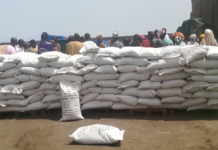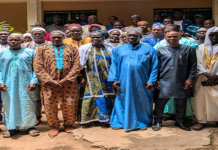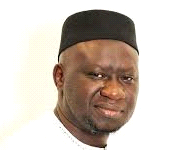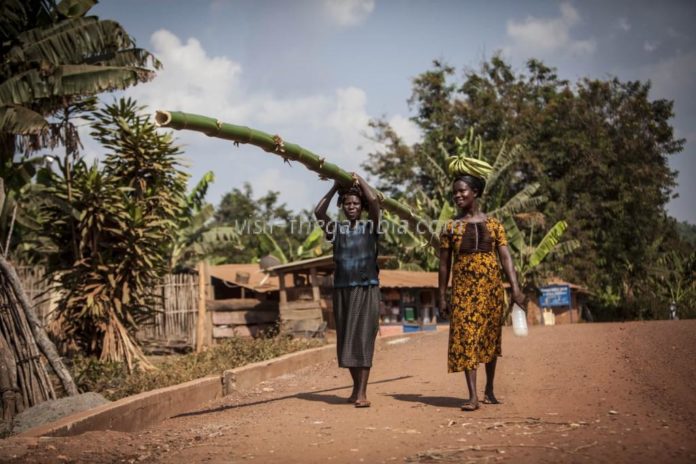with Abdoulie Dibba
This Column is meant to monitor and report on issues that concern the people of the rural area in terms of howRURAL POVERTY IN GAMBIA they are facilitating or hindering their development.
According to the United Nations Development Programme’s 2014 human development index, The Gambia is one of Africa’s smallest and poorest nations, ranking 172 out of 186 countries in the world, poverty is widespread, pervasive and predominantly rural. Approximately three quarters of the rural population is classified as poor.
It said underlying the high poverty rate is the country’s lack of economic diversity, as The Gambia is highly vulnerable to increasingly erratic rainfall, food price volatility and financial crisis. The consequences of rural poverty include widespread food and income insecurity resulting from weather-induced crop failures and shortages of cash.
“Over 60 per cent of all Gambians and an even higher proportion among poor and extremely poor people depend on agriculture for their livelihood.
At least half of the country’s poor population is composed of farmers and agricultural workers. Groundnut farmers in upland areas are among the poorest. In the North Bank, Upper River and Lower River Regions, about two thirds of the population are poor –and pockets of poverty can be found throughout the country.
Every year, poor households in rural areas face the “hungry season”,a period of two to four months at the peak of the rains between July and September, when household food stocks are low or depleted. To cover their needs, these households depend on income generated from groundnuts and other cash crops, or from remittances.
Recent crises, including the global economic downturn and rising food and fuel prices, have meant considerable hardship for poor rural households. These crises have deeply affected The Gambia’s economy, pushing many more people into extreme poverty. For example, hikes in the price of a bag of rice (a staple crop) make it extremely difficult for many poor households to sustain their normal intake of food, in terms of both quantity and quality.”
According to the UNDP report, the reality is that many poor rural households do not generate sufficient income from their farming activities to feed themselves, maintain a decent standard of living and progress from subsistence to more productive, sustainable farming systems.
The report went on to assert that women in The Gambia comprise the majority of the population in rural areas. Compared with men, they face a higher incidence and greater severity of poverty. Still, women account for over 50 per cent of the agricultural labour force and 70 per cent of unskilled labourers, and they produce about 40 per cent of total agricultural output.
In particular, rice farming in both upland and lowland areas is largely done by women, but productivity is low because of the rudimentary technologies and practices used.
“To supplement household food security, most women farmers also engage in horticultural activities (growing vegetables and fruits), and most keep small livestock. Traditionally, women do not own or control land, yet they bear a disproportionately heavy burden of labour. They often lack access to credit for income-generating activities, and they generally play a limited role in making decisions that affect their lives,” said the UNDP Development index 2014 report.
It said despite progress in recent years, The Gambia is still burdened with widespread and persistent rural poverty, particularly among women and young people, characterized by:
- Low and decreasing soil fertility.
- Low agricultural and labour productivity.
- Poor access to productive assets (land and water).
- Inefficient management of available agricultural water from rainfall and river flooding.
- Emerging but still poorly functioning input and output markets.
- Insufficient income to ensure food security from prevalent low-input and low-output farming activities.
- Lack of regular access to affordable, quality seeds.
- Low prices on world markets for products such as groundnuts and certain types of rice.
- Weak rural institutions, including credit institutions, and lack of basic social services.
- Irregular rains that frequently cause crop losses, and yields that fluctuate as much as 40 per cent from one harvest to the next.
- A large proportion of unemployed or underemployed young people in rural areas, and high rates of rural-urban migration.
The 2014 report is of the opinion that poor rural people in The Gambia generally produce for home consumption and sell any surpluses at disappointing prices. Smallholder farmers are caught in a vicious circle of risk aversion, limited use of inputs, low productivity and low income.



















